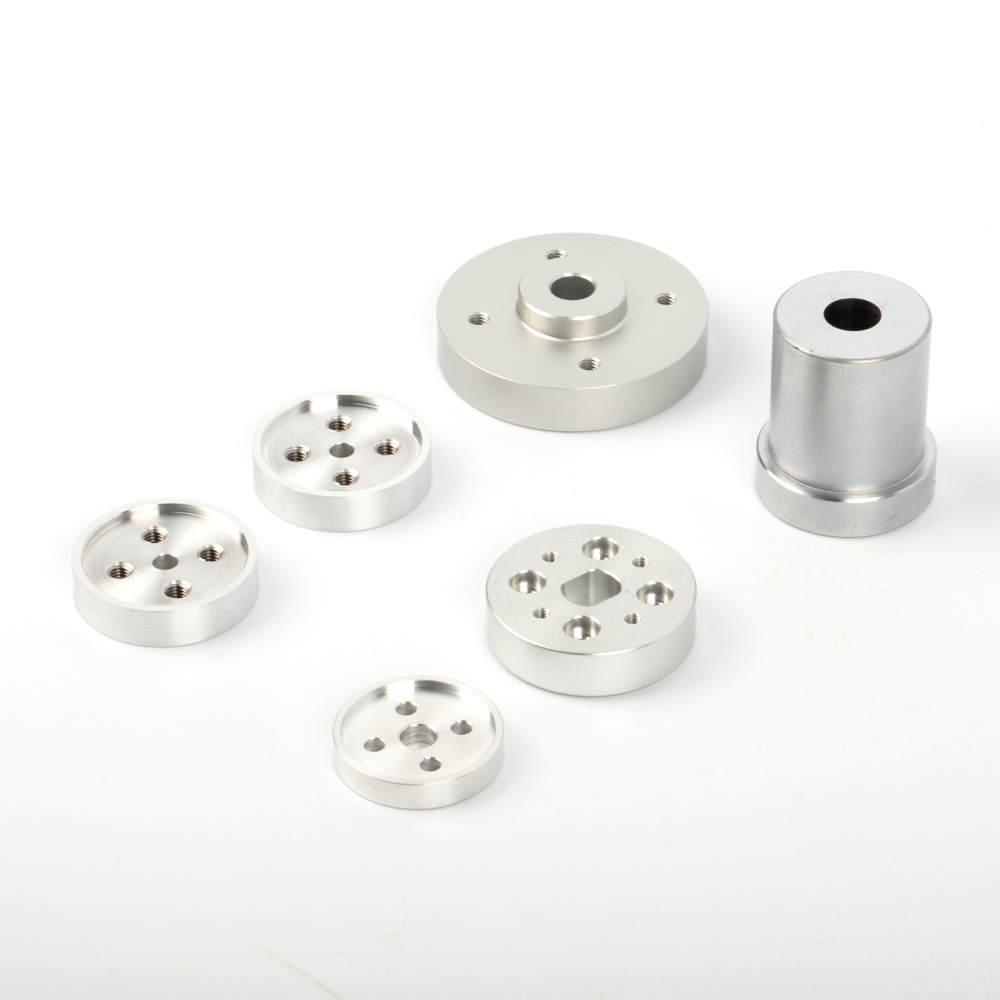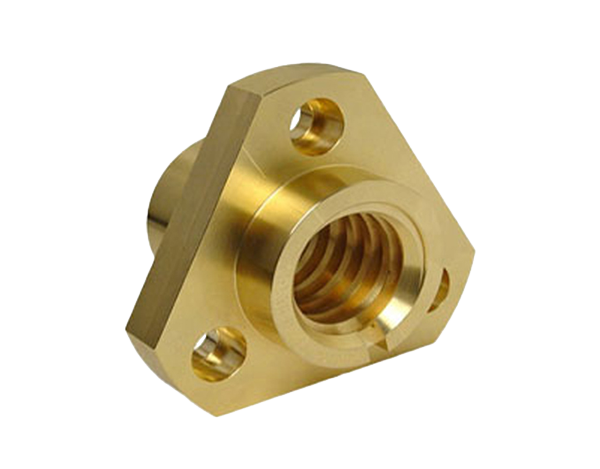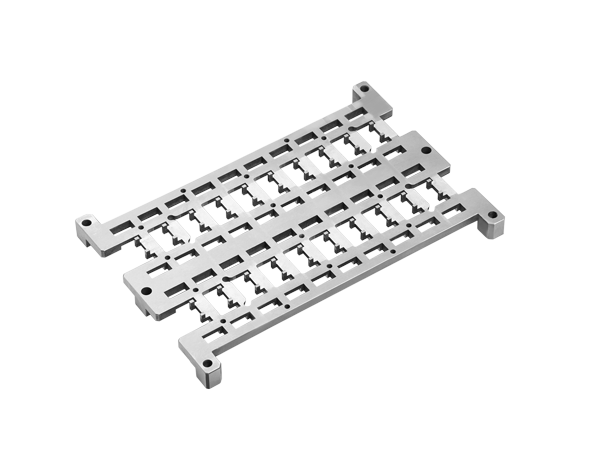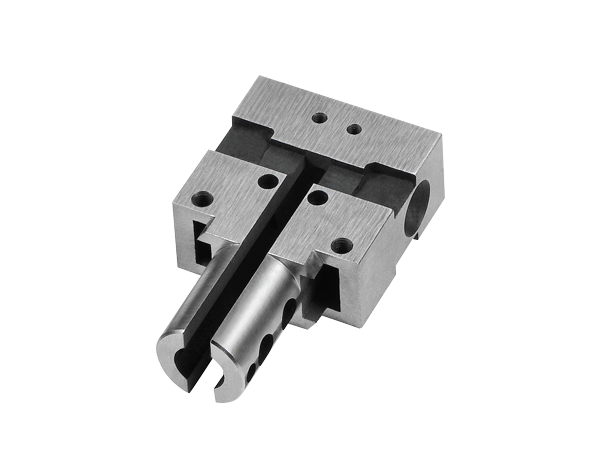Advantages of CNC Metal Milling in Industrial Production
In the age of digital manufacturing, CNC metal milling has become one of the most essential machining methods used across diverse industrial sectors. As industries demand higher precision, shorter lead times, and greater flexibility, CNC (Computer Numerical Control) technology has transformed traditional milling into an intelligent, automated process capable of producing complex metal parts with incredible accuracy.
From aerospace turbine blades to automotive engine blocks and medical implants, CNC metal milling enables efficient production of components that meet exact specifications. This article explores in depth the advantages of CNC metal milling in industrial production, highlighting how it enhances precision, productivity, and competitiveness in modern manufacturing.
1. What Is CNC Metal Milling?
CNC metal milling is a computer-controlled machining process that removes material from a solid metal workpiece using rotating multi-point cutting tools. The milling machine follows pre-programmed instructions — known as G-code — to shape the metal into the desired geometry with high precision.
Unlike conventional manual milling, CNC metal milling eliminates human error by automating movements along multiple axes, allowing for intricate and repeatable designs. It can work with a wide variety of materials, including:
Aluminum
Stainless steel
Titanium
Brass and copper
Inconel and other superalloys
CNC milling machines can be configured as 3-axis, 4-axis, or 5-axis systems, depending on the complexity of the parts and the required level of precision.

2. High Precision and Dimensional Accuracy
One of the most significant advantages of CNC metal milling is its unparalleled precision. In industrial production, where even a fraction of a millimeter can make a difference, CNC systems achieve tolerances as tight as ±0.001 mm.
This level of precision is essential for industries like:
Aerospace, where parts must fit together perfectly under extreme conditions.
Medical, where implants require exact geometries to ensure safety and compatibility.
Automotive, where high-performance engines demand flawless tolerances for efficiency.
CNC milling ensures that every component meets strict quality standards, minimizing rework and material waste.
3. Consistency and Repeatability
CNC metal milling provides consistent results across large production runs, a key advantage for mass manufacturing. Once a design is programmed into the CNC system, it can be replicated indefinitely without variation.
This level of repeatability guarantees:
Uniform quality across all parts.
Reduced inspection requirements.
Seamless assembly of complex systems where interchangeable parts are critical.
For example, an automotive manufacturer can produce thousands of identical engine components, all meeting the same dimensional standards, ensuring compatibility and reliability across production batches.
4. Ability to Create Complex and Intricate Designs
CNC metal milling opens the door to design complexity that is nearly impossible to achieve with manual methods. Modern 5-axis milling machines can manipulate tools and workpieces in multiple directions simultaneously, allowing for intricate shapes, undercuts, and contours.
This capability is particularly valuable for industries requiring customized or aerodynamic designs, such as:
Aerospace turbine blades.
Mold and die production for injection molding.
Custom mechanical components for robotics and automation.
CNC milling’s ability to execute multi-axis movements without manual repositioning reduces setup time and improves accuracy in complex geometries.
5. Enhanced Productivity and Efficiency
Automation is the heart of CNC machining’s productivity advantage. With minimal human intervention, CNC metal milling machines can operate continuously — even 24/7 in many factories — maximizing output and minimizing downtime.
Several features contribute to this efficiency:
Automatic tool changers allow rapid switching between different cutting tools.
Optimized cutting paths reduce machining time.
Advanced CAD/CAM integration streamlines design-to-production workflow.
The result is a highly efficient production environment capable of meeting tight deadlines without sacrificing precision.
6. Material Versatility and Adaptability
CNC metal milling is compatible with a wide range of metal materials, from lightweight aluminum to hard superalloys like Inconel. This versatility makes it suitable for nearly all industrial applications.
Manufacturers can easily adjust:
Cutting tools
Feed rates
Spindle speeds
Cooling systems
to match the properties of different metals, ensuring optimal performance and tool longevity. Whether producing precision aluminum aerospace parts or durable steel molds, CNC milling adapts seamlessly to the task.
7. Improved Surface Finish and Aesthetics
The precision control of CNC milling results in superior surface finishes, often eliminating the need for additional polishing or finishing processes.
The combination of stable cutting conditions, sharp tooling, and precise feed rates ensures smooth surfaces, tight edges, and aesthetically pleasing appearances. This is particularly valuable in industries like:
Consumer electronics, where visual quality matters.
Medical devices, where smooth surfaces prevent bacterial adhesion.
Mold making, where surface finish directly affects product quality.
8. Reduced Human Error and Increased Safety
In traditional milling, operator skill and manual control significantly influence part quality — and can lead to costly mistakes. CNC metal milling removes this variability by automating all cutting actions through pre-programmed instructions.
The result is:
Minimal human error.
Improved safety, as operators interact less directly with moving machinery.
Consistent adherence to digital designs and engineering tolerances.
Additionally, safety systems and real-time monitoring reduce the risk of tool collisions, overheating, and material waste.
9. Cost Efficiency in Large-Scale Production
Although the initial investment in CNC equipment can be high, the long-term cost efficiency is undeniable. CNC metal milling reduces production costs in several ways:
Less rework and scrap thanks to precise machining.
Lower labor costs due to automation and fewer operators needed.
Faster production cycles, reducing time-to-market for new products.
Scalability, allowing both low-volume prototyping and high-volume production with minimal setup changes.
These economic advantages make CNC metal milling particularly valuable for companies focused on high-quality, competitive manufacturing.
10. Flexibility for Customization and Prototyping
CNC metal milling provides the perfect balance between mass production and customization. By simply updating the digital design file, manufacturers can quickly switch from one part design to another without extensive tooling changes.
This flexibility is crucial for:
Rapid prototyping of new products.
Small-batch, custom parts for specialized industries.
On-demand manufacturing with minimal setup time.
Such agility allows companies to respond quickly to market demands and design modifications.
11. Integration with Smart Manufacturing and Industry 4.0
Modern CNC metal milling machines are no longer isolated units — they are integral to smart manufacturing ecosystems. Equipped with sensors, data analytics, and network connectivity, these machines support real-time monitoring and predictive maintenance.
Key innovations include:
IoT connectivity for performance tracking.
AI-based optimization that adjusts tool paths and cutting parameters automatically.
Digital twins that simulate and refine machining processes before production.
This integration enhances operational efficiency, minimizes downtime, and ensures consistent product quality in large-scale industrial production.
12. Sustainability and Waste Reduction
Sustainability has become a growing priority in industrial manufacturing. CNC metal milling contributes to greener production through:
Material optimization, as tool paths minimize waste.
Energy-efficient operations, reducing overall power consumption.
Recyclable metal chips, which can be collected and reused.
By improving accuracy and reducing scrap, CNC milling helps manufacturers achieve both economic and environmental goals.
13. Reliable Maintenance and Longevity
CNC metal milling machines are designed for durability and reliability. With regular maintenance — such as lubrication, calibration, and tool replacement — these machines can operate efficiently for many years.
Advanced diagnostic systems alert operators to potential issues before failures occur, further increasing uptime and reducing maintenance costs.
14. Conclusion
CNC metal milling has redefined industrial production through its combination of precision, speed, and automation. Its advantages — from accuracy and repeatability to flexibility and sustainability — make it an indispensable technology for manufacturers striving for excellence in modern industry.
As CNC systems continue to integrate artificial intelligence, IoT, and smart manufacturing technologies, their capabilities will only expand further. The result will be a future where CNC metal milling not only enhances productivity but also drives innovation, efficiency, and environmental responsibility across all sectors of industrial production.
Hot Product
Hot Product
-
 Bearing flange for medical equipmentRead moreBearing flange for medical equipment
Bearing flange for medical equipmentRead moreBearing flange for medical equipment -
 Turning and milling composite precision brass rod sleeveRead moreTurning and milling composite precision brass rod sleeve
Turning and milling composite precision brass rod sleeveRead moreTurning and milling composite precision brass rod sleeve -
 Precision milling of joint product toolingRead morePrecision milling of joint product tooling
Precision milling of joint product toolingRead morePrecision milling of joint product tooling -
 Automation equipment precision stainless steel suction nozzleRead moreAutomation equipment precision stainless steel suction nozzle
Automation equipment precision stainless steel suction nozzleRead moreAutomation equipment precision stainless steel suction nozzle -
 CNC titanium alloy precision square parts processingRead moreCNC titanium alloy precision square parts processing
CNC titanium alloy precision square parts processingRead moreCNC titanium alloy precision square parts processing -
 Medical device connector bracketRead moreMedical device connector bracket
Medical device connector bracketRead moreMedical device connector bracket
